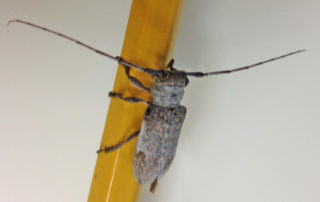My Crape Myrtles Aren’t Blooming!
Every year I get several inquiries about why someone’s Crape Myrtle is not blooming. There are several conditions that might affect a Crape Myrtle’s bloom period. Read the causes below to help figure out why yours don’t bloom. *Different varieties begin blooming at different times. Natchez (white) is usually one of the first to begin blooming. Some varieties may not begin blooming until late June. *Crape Myrtles require at least 8 hours of direct sun to bloom. If your Crape Myrtle receives too much shade, it will not bloom. *Insects [...]












